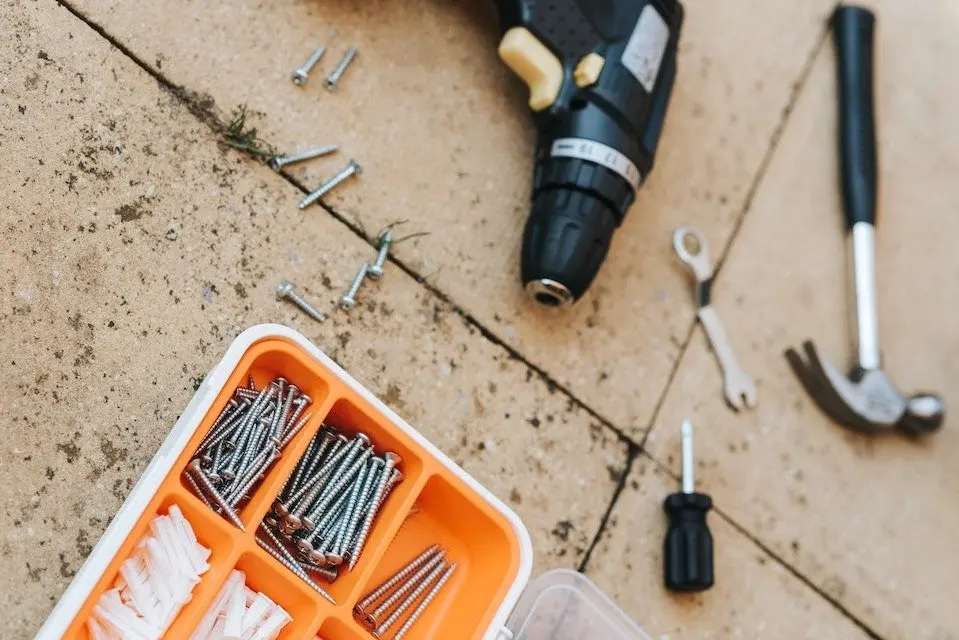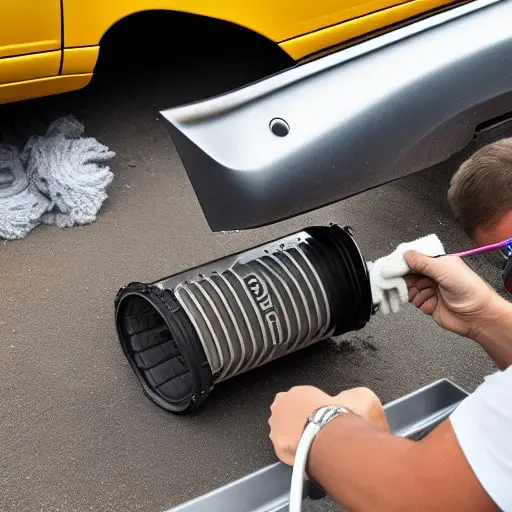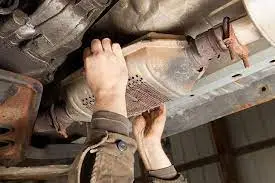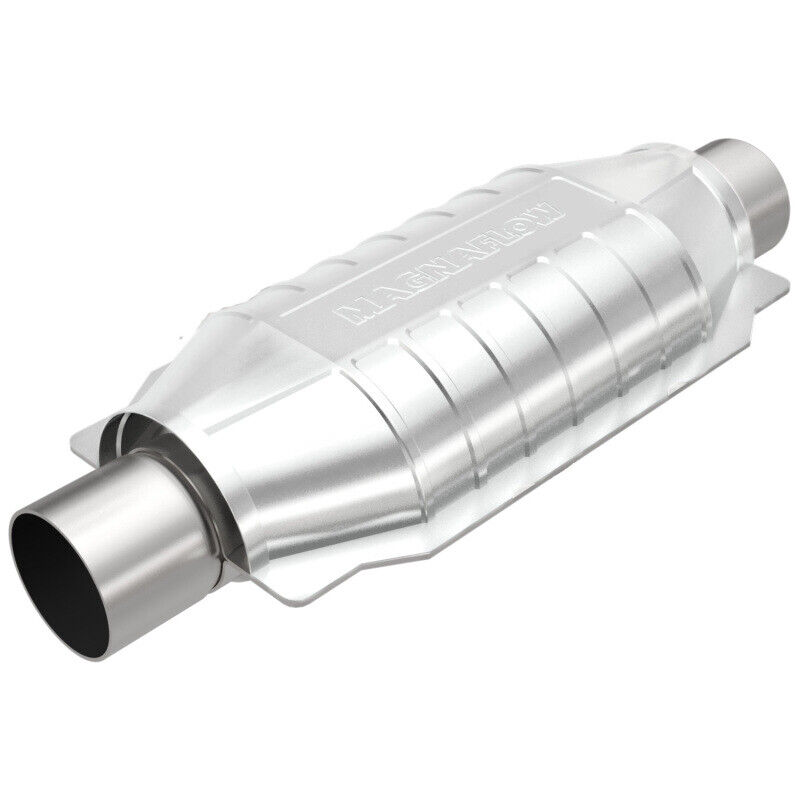A catalytic converter plays a crucial role in reducing harmful emissions from your vehicle’s exhaust system. Over time, it can become clogged, leading to reduced performance and increased pollution. In this article, we will guide you through the process of how to unclog a catalytic converter, helping you restore its functionality and maintain your vehicle’s efficiency.
Understanding the Catalytic Converter
Before going for, how to unclog a catalytic converter, lets understand what is the purpose of catalytic converter? The catalytic converter is a vital component of your vehicle’s exhaust system. It helps convert harmful gasses, such as carbon monoxide, nitrogen oxides, and hydrocarbons, into less harmful substances. This process reduces pollution and ensures compliance with emissions regulations. So catalytic converter cleaning is necessary for well being of your car.
Signs of a Clogged Catalytic Converter
Before diving into the process, how to unclog a catalytic converter, we should understand the signs of a clogged catalytic converter. Recognizing the signs of a clogged catalytic converter is essential for timely intervention. Some common indications include:
- Reduced engine performance
- Decreased fuel efficiency
- Rotten egg smell from the exhaust
- Illuminated “Check Engine” light on the dashboard
If you notice above signs, your catalytic converter is clogged.
Preparing for the Unclogging Process

Before starting how to unclog a catalytic converter, gather the following materials:
- Safety goggles and gloves
- Jack stands or ramps
- Wrench set
- Penetrating oil
- Catalytic converter cleaner (if cleaning)
- New catalytic converter (if replacing)
Method 1: Cleaning Catalytic Converter

This method will teach us how to unclog a catalytic converter by cleaning.
Materials You’ll Need
- Safety goggles and gloves
- Jack stands or ramps
- Wrench set
- Penetrating oil
- Catalytic converter cleaner
Step-by-Step Instructions
Here is a step-by-step guide on how to unclog a catalytic converter.
- Put on safety goggles and gloves to protect yourself before starting to unclog a catalytic converter.
- Lift your vehicle using jack stands or ramps, ensuring it is securely supported.
- Locate the catalytic converter, typically found between the exhaust manifold and muffler.
- Use a wrench set to remove the bolts or clamps securing the converter.
- Apply penetrating oil to stubborn bolts to ease removal.
- Detach the converter from the exhaust system.
- Spray catalytic converter cleaner into the inlet and outlet of the converter.
- Allow the cleaner to sit for the recommended time.
- Reattach the converter to the exhaust system.
- Tighten the bolts or clamps securely.
- Lower your vehicle and start the engine to test the results.
Method 2: How to Unclog a Catalytic Converter Without Removing it?

Unclogging a catalytic converter without removing it can be challenging, but it’s not impossible. Here are a few methods you can try:
Catalytic Converter Cleaner: Use a specially formulated catalytic converter cleaner. Pour it into your fuel tank and let it circulate through the system. This cleaner can help break down carbon deposits and unclog the converter over time.
High-Speed Driving: Take your vehicle on a highway or open road and drive at high speeds for an extended period. The increased exhaust flow and higher temperatures can sometimes help burn off the accumulated debris in the converter.
Engine Decarbonization: Use a fuel additive designed to remove carbon deposits from the engine. By reducing carbon buildup in the combustion chambers and exhaust system, you may improve the overall efficiency of the converter.
Professional Assistance: Consult a professional mechanic who specializes in exhaust systems. They may have specialized equipment and techniques to unclog the catalytic converter without removing it.
Remember, these methods may not always be effective, especially if the clog is severe. If you experience persistent issues, it’s advisable to have your vehicle inspected by a professional to ensure optimal performance and compliance with emissions regulations.
Method 3: Replacing the Catalytic Converter
If cleaning is not working, one should go to change the catalytic converter.
When to Consider Replacement
In some cases, cleaning may not effectively unclog the converter, and replacement becomes necessary. Consider replacing the catalytic converter if:
- It is physically damaged or deteriorated.
- The clog is severe and cannot be remedied through cleaning.
- The vehicle has high mileage or an older converter.
Step-by-Step Instructions
- Ensure your vehicle is safely elevated using jack stands or ramps.
- Locate the catalytic converter and examine its connections.
- Use a wrench set to remove the bolts or clamps securing the converter.
- Disconnect any oxygen sensors or other components attached to the converter.
- Slide out the old catalytic converter from the exhaust system.
- Insert the new catalytic converter in the same position.
- Reattach any disconnected components and secure them with bolts or clamps.
- Lower your vehicle and start the engine to verify the replacement’s success.
Preventive Measures to Avoid Clogging

To prevent future clogs in your catalytic converter, follow these measures:
- Use high-quality fuel to minimize carbon buildup.
- Regularly inspect and maintain your vehicle’s engine and exhaust system.
- Avoid driving short distances repeatedly, as it can contribute to clogging.
- Have your vehicle serviced at recommended intervals to detect and address issues promptly.
Conclusion
A clogged catalytic converter can hamper your vehicle’s performance and contribute to environmental pollution. By following the steps outlined in this guide, how to unclog a catalytic converter, you can effectively unclog the converter and restore its functionality. Remember to exercise caution, use appropriate safety measures, and consider professional assistance if needed.
FAQs
What can I buy to unclog a catalytic converter?
To unclog a catalytic converter, you can purchase a catalytic converter cleaner or a fuel additive specifically designed to break down carbon deposits and improve the converter’s efficiency.
How much does it cost to unclog a catalytic converter?
The cost of unclogging a catalytic converter can vary depending on the method used and whether you choose to do it yourself or seek professional assistance. DIY options like catalytic converter cleaners or fuel additives can range from $10 to $50, while professional cleaning or replacement can cost anywhere from $100 to $1,000 or more, depending on the extent of the clog and labor involved.
Can a catalytic converter unclog itself ?
In some cases, a catalytic converter can partially unclog itself if the buildup is not severe. However, for significant clogs, it typically requires intervention either through cleaning methods or, in extreme cases, replacement to restore proper functionality.
Which cars are least likely to have catalytic converter stolen?
Which cars are least likely to have their catalytic converters stolen? There are several models that have lower risk due to various factors. Electric vehicles (EVs), hybrid vehicles, and vans/commercial vehicles with higher ground clearance and factory-fitted security measures are among the least targeted by catalytic converter thieves.
